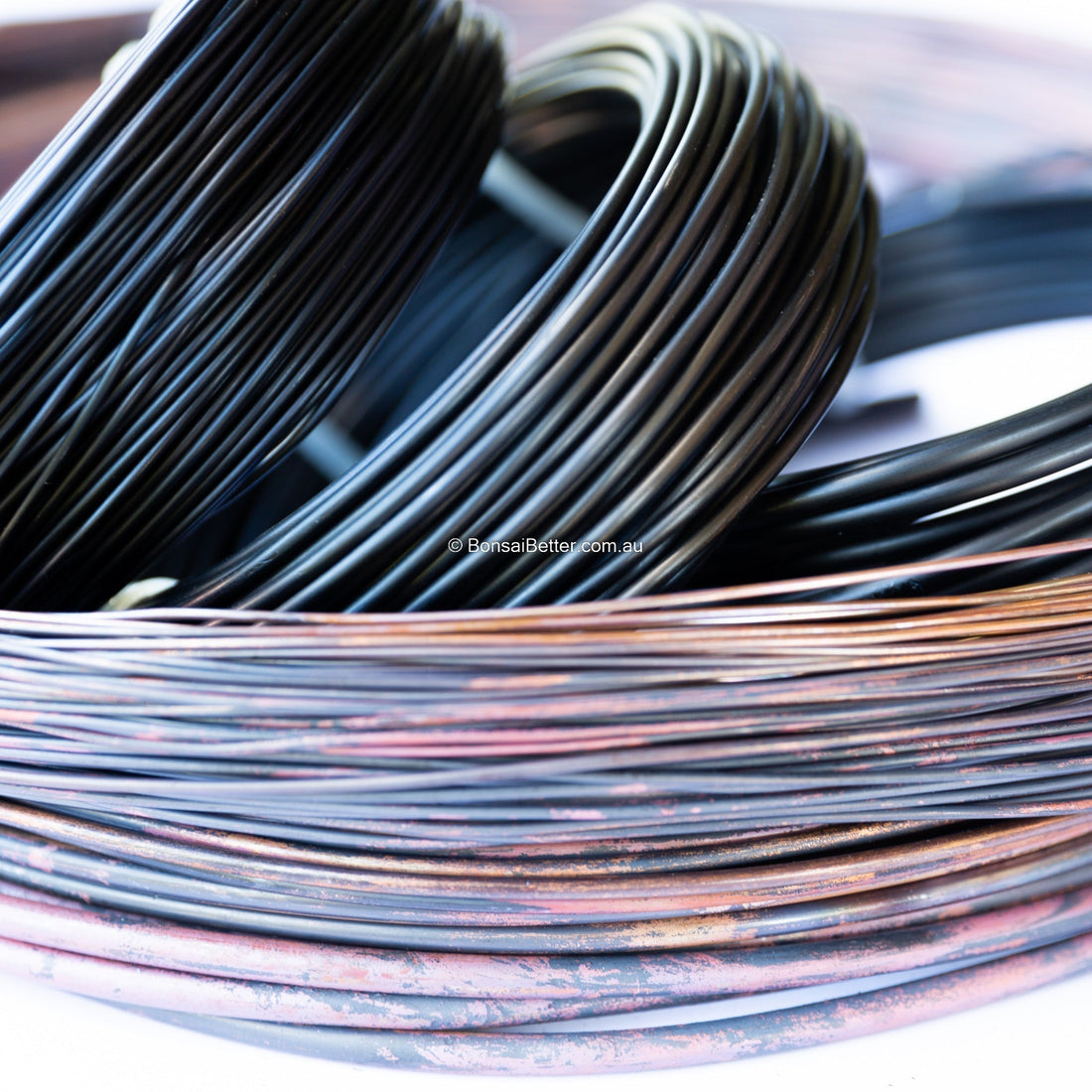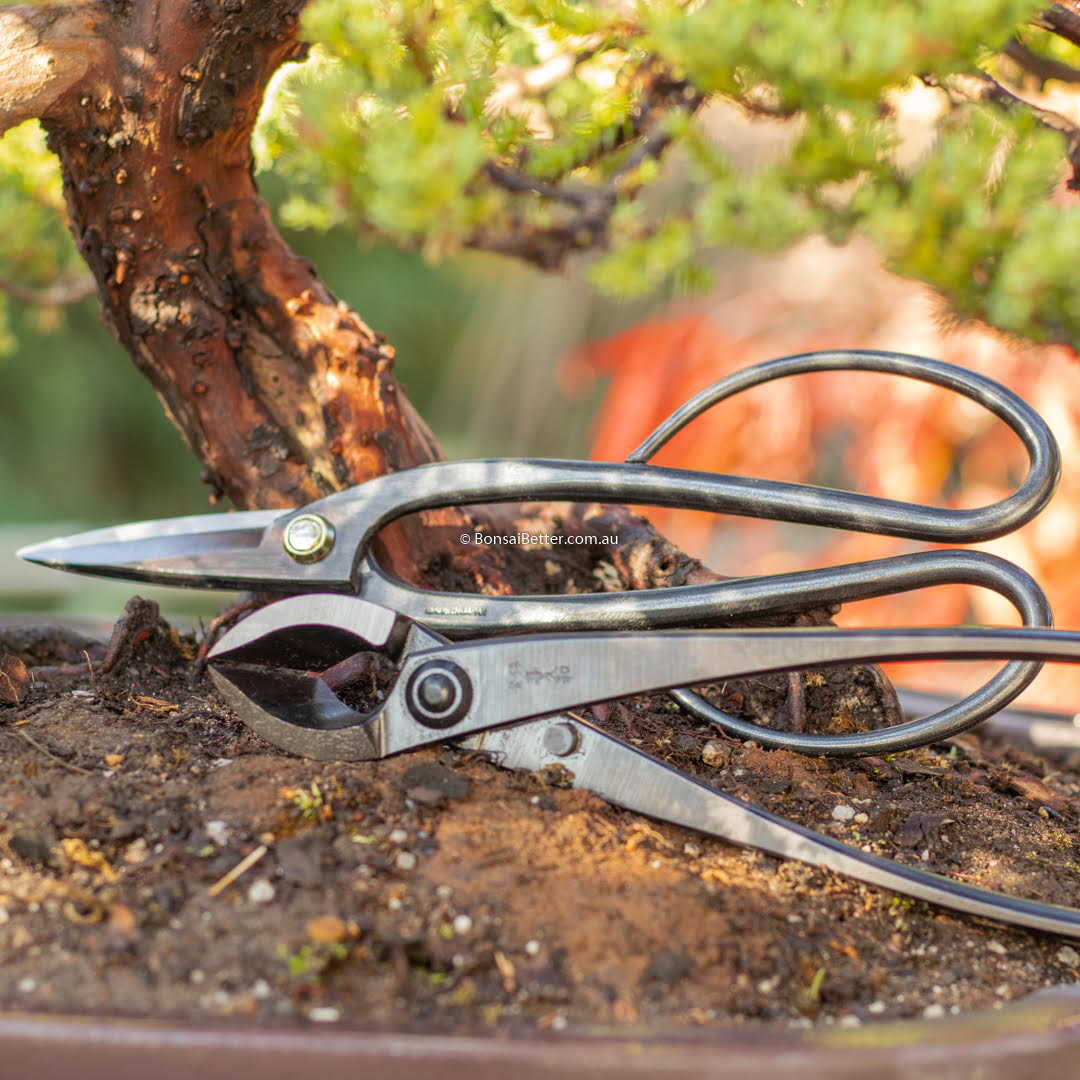
Wiring is a fundamental technique in bonsai that allows you to shape and style your tree’s branches with precision. But if you’re just starting out, one of the first questions you’ll face is: Which wire should I use—copper or aluminium? In this guide, we’ll break down the key differences between the two, and share essential bonsai wiring tips for beginners.
Why Do You Need Wire in Bonsai?
Bonsai wire is used to gently bend and position branches, helping you train the tree into your desired shape. It gives structure, defines form, and supports your artistic vision—all while maintaining the health and integrity of the tree.
Annealed Copper Wire: Strength and Precision
Best for: Experienced practitioners, conifers like pines and junipers.
- Annealed copper wire is stronger and holds its shape firmly once applied.
- It's work-hardened, meaning it becomes stiff as you manipulate it, which helps maintain branch position over time.
- Because of its strength, thinner gauges can be used, which keeps the wire less visible on the tree.
- However, it takes more skill to use and must be monitored closely to avoid damaging the bark.
Pro tip: Use copper wire for thicker branches or when long-term shaping is required, especially in pine or juniper bonsai.
Anodised Aluminium Wire: Flexible and Beginner-Friendly
Best for: Beginners, deciduous trees, general styling.
- Aluminium wire is softer and easier to apply, making it ideal for those learning to wire bonsai.
- It’s more forgiving and can be repositioned easily without damaging the tree.
- Typically, slightly thicker gauges are needed compared to copper to achieve the same hold.
- Our black anodised aluminium wire blends in well, making it discreet on branches.
Pro tip: If you're just starting out, aluminium is a safer, more approachable option to develop your wiring technique.
Beginner Bonsai Wiring Tips
- Start with young, flexible branches — They’re easier to shape and less likely to crack.
- Use the right gauge wire — Generally, the wire should be about 1/3 the thickness of the branch.
- Anchor the wire properly — Begin at the base of the branch or trunk and work outward.
- Check your wiring regularly — As your bonsai grows, the wire can cut into the bark if left too long.
- Practice with aluminium first — It’s less likely to damage your tree while you develop confidence.
Which Bonsai Wire Is Right for You?
- Choose copper wire if you want maximum control and are working with conifers.
- Choose aluminium wire if you’re just starting out, shaping deciduous trees, or want more flexibility.
No matter your skill level, the right wire can help you bring your bonsai vision to life.
Shop Professional Bonsai Wire
At Bonsai Better, we offer annealed copper and anodised aluminium bonsai wire in various gauges, ready to support your creative journey. Whether you're a hobbyist or a future bonsai master, you’ll find the right tools here. Shop Bonsai Better

